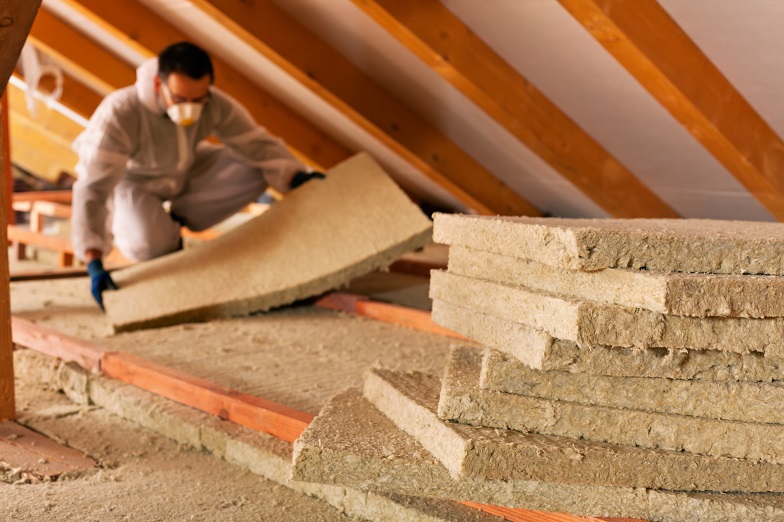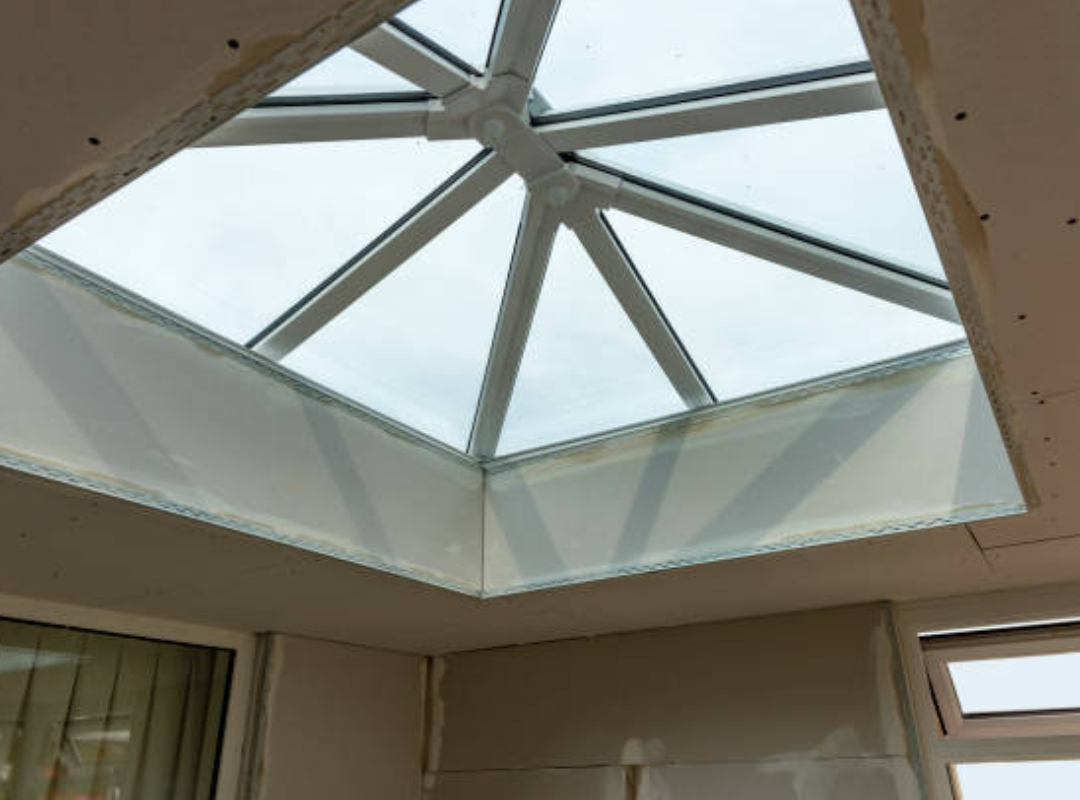Proper attic insulation installation is crucial for maintaining a comfortable and energy-efficient home, especially in a climate like Las Vegas, NV. Many homeowners consider tackling attic insulation themselves to save money, but DIY projects often come with pitfalls that can compromise your home’s comfort and safety.
At Attic Insulation Las Vegas, we frequently encounter homes where improper DIY insulation has led to costly issues, from uneven coverage to moisture problems. Understanding the common mistakes made during DIY attic insulation installation can help you avoid these problems and protect your investment.
Mistake #1: Ignoring Proper Attic Inspection and Preparation
Before starting any insulation project, a thorough attic inspection is essential. Many DIY installers skip this step or fail to properly prepare the space. Ignoring issues like existing moisture, pest damage, or outdated insulation can undermine the effectiveness of new insulation.
Proper preparation includes removing old or damaged insulation, sealing air leaks, and ensuring adequate attic ventilation. Without these steps, new insulation may not perform as expected, leading to uneven temperatures and increased energy bills.
Mistake #2: Choosing the Wrong Type of Insulation
Not all insulation materials are created equal, and selecting the wrong type for your attic can reduce energy efficiency or complicate installation. Fiberglass batts, blown-in cellulose, and spray foam insulation all have different installation methods, costs, and R-values.
DIY installers often select materials based on price or availability without considering what works best for their attic design or local climate. Choosing insulation without proper research can lead to poor thermal performance or even damage to your home’s structure.
Mistake #3: Installing Insulation Too Thin or Too Thick
Achieving the right thickness for your insulation is critical to ensuring the correct R-value for your attic. Many DIY projects fall short by installing insulation too thin, which reduces its ability to block heat flow. Conversely, installing insulation too thick can compress the material, also lowering its effectiveness.
Understanding recommended R-values for Las Vegas homes and following manufacturer guidelines for depth is necessary for optimal performance. Professional installers carefully measure and apply insulation to maintain these standards.
Mistake #4: Overlooking Air Sealing Before Installation
A major cause of energy loss in attics is air leakage through gaps around vents, wiring, and chimneys. DIY installers often skip air sealing, focusing only on placing insulation material. Without sealing these leaks, insulation cannot stop heat transfer effectively.
Air sealing prevents warm or cool air from escaping your living space and entering the attic, reducing the workload on your HVAC system. Proper sealing also protects insulation from moisture damage caused by humid air infiltration.
Mistake #5: Blocking Attic Ventilation
Proper attic ventilation is vital for preventing moisture buildup and maintaining insulation performance. During DIY installation, it’s common to accidentally block soffit vents or attic fans with insulation material.
Blocked ventilation leads to trapped moisture, which can cause mold growth and wood rot, damaging your home’s structure. Ensuring that vents remain unobstructed and installing baffles to maintain airflow is an important step often overlooked in DIY projects.
Mistake #6: Neglecting Safety Precautions
Attic insulation installation involves exposure to dust, fibers, and sometimes chemical fumes depending on the material used. DIY installers sometimes neglect wearing protective gear such as masks, gloves, and goggles, risking respiratory irritation or skin damage.
Additionally, attics often have limited space, exposed wiring, and potential hazards like nails or fragile flooring. Without proper safety measures, accidents and injuries can occur during installation.
Mistake #7: Failing to Address Moisture Problems
Moisture is a common attic problem that can seriously compromise insulation. DIY projects often ignore signs of moisture intrusion, such as staining, mold, or condensation.
Installing insulation over wet or damp areas traps moisture, which degrades insulation and promotes mold growth. Addressing attic leaks, improving ventilation, and drying out affected areas before installation is critical to prevent long-term damage.
Mistake #8: Inconsistent or Uneven Insulation Coverage
DIY insulation installation often results in uneven or patchy coverage, leaving gaps that allow heat transfer. These gaps reduce energy efficiency and create hot or cold spots inside your home.
Professional installers use techniques and tools designed to ensure uniform coverage, especially when working with blown-in insulation. Consistency is key to maximizing the benefits of attic insulation installation.
Mistake #9: Ignoring Local Building Codes and Standards
Many DIY projects overlook important building codes and insulation standards that vary by region. These codes ensure insulation meets minimum R-value requirements, fire safety, and ventilation guidelines.
Failing to comply with local regulations can lead to fines, insurance issues, or needing costly corrections later. Working with professionals ensures your attic insulation installation meets all applicable standards.
Mistake #10: Underestimating the Time and Effort Required
Attic insulation installation is often more labor-intensive and time-consuming than expected. DIY installers sometimes underestimate the work involved, leading to rushed or incomplete projects.
Attics can be hot, cramped, and filled with obstacles, making installation physically demanding. Without experience and proper equipment, DIY insulation projects risk being inefficient and less effective.
The Benefits of Choosing Professional Attic Insulation Installation
Avoiding these common DIY mistakes requires skill, experience, and specialized tools. At Attic Insulation Las Vegas, we provide expert attic insulation installation services designed to deliver lasting comfort and energy savings for homeowners in Las Vegas, NV.
Our licensed technicians conduct detailed attic inspections, address air sealing and ventilation needs, and install insulation materials with precision. We tailor each project to meet local climate demands and building codes, ensuring maximum efficiency and protection.
How Our Process Works
When you choose Attic Insulation Las Vegas, we begin with a comprehensive assessment of your attic. We identify problem areas, inspect existing insulation, and evaluate ventilation systems.
Next, we recommend the ideal insulation type and thickness for your home. Our team carefully prepares the attic, including removing old insulation if necessary, sealing air leaks, and protecting ventilation paths.
Finally, we install new insulation using professional-grade equipment and techniques that ensure consistent, gap-free coverage. Our work is clean, efficient, and backed by quality guarantees.
Contact Attic Insulation Las Vegas for Reliable Attic Insulation Installation
DIY attic insulation installation can be tempting, but the risks and common mistakes often outweigh the potential savings. For dependable, high-quality results in Las Vegas, NV, trust Attic Insulation Las Vegas.
Call us today at (702) 745-7890 or visit atticinsulationlv to schedule your attic inspection and professional insulation installation. Experience the difference expert craftsmanship makes in protecting your home, improving comfort, and lowering energy costs.




